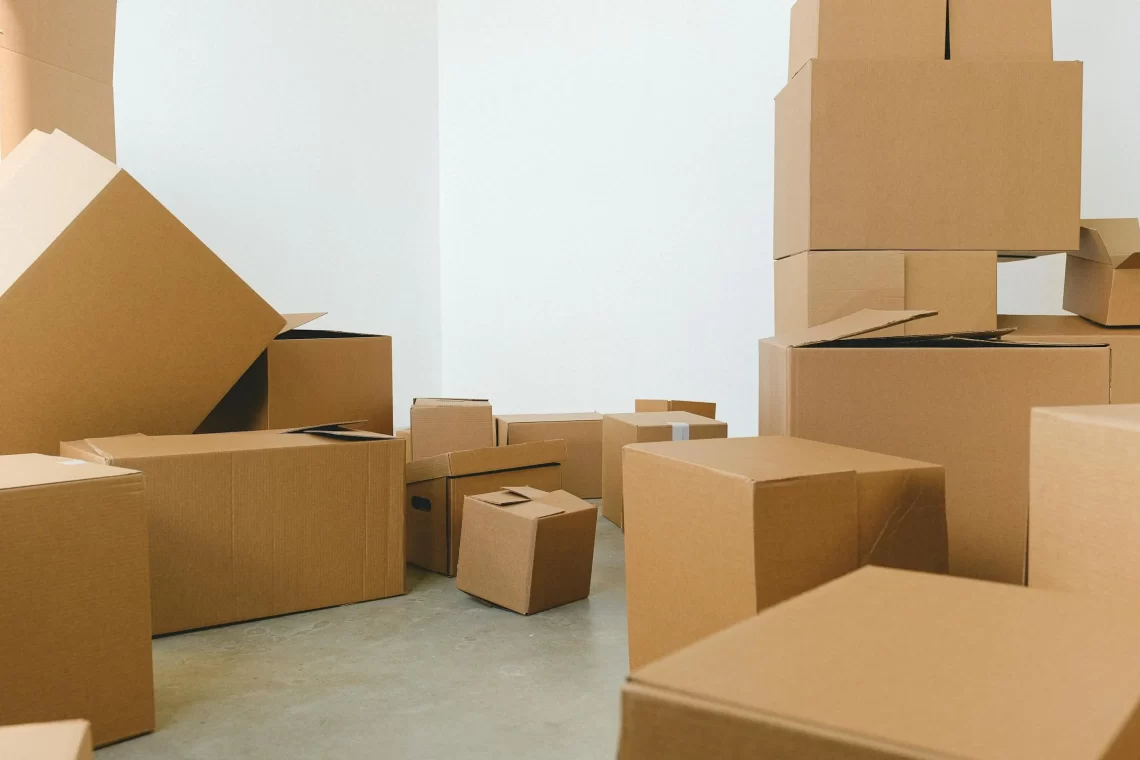Moving into a new home in Mobile, AL can feel exciting but also overwhelming. With piles of boxes and items waiting to be arranged, knowing where to start might be difficult. However, a thoughtful approach can help you organize your home efficiently and avoid unnecessary stress.
By following a few strategic steps, you can ensure that unpacking and settling in become manageable.
1. Start with a Room-by-Room Plan
Tackling your entire home all at once can feel exhausting and confusing. Instead, focus on one room at a time. Start with the rooms that you need the most, like the kitchen, bedroom, and bathroom. These are the areas that help you maintain a routine, even when the rest of the house is still in progress.
Breaking the task down by room helps prevent clutter from spreading across the home. It also allows you to experience small wins as each space comes together. By taking things step-by-step, the entire process becomes less overwhelming.
2. Start with Essentials to Settle in Comfortably
When moving into a new home, especially with the help of long-distance movers, staying organized from the start makes all the difference. Labeling your boxes clearly allows for quick access to the items you’ll need immediately. Begin by unpacking essentials like bedding, kitchenware, and toiletries—these key items help you get through the first few days without feeling overwhelmed.
Having your bed ready and your coffee maker set up can quickly create a sense of normalcy, helping you adjust to your new surroundings. Once you’ve taken care of the basics, settling into your space becomes much easier. In a vibrant place like Mobile, AL, making your home feel comfortable from the start means you’ll have more energy and time to enjoy everything the area has to offer. When working with Mobile long distance movers, getting those essentials unpacked first ensures you’re prepared for a smooth transition without unnecessary stress. Leave non-essential items like decor or books for later, focusing first on what helps you feel settled.
3. Declutter as You Unpack
Moving into a new home is the perfect time to get rid of things you no longer need. Instead of just transferring clutter from one place to another, take the opportunity to sort through your belongings. If you find items you haven’t used in years, consider donating or recycling them.
The less you have to unpack, the quicker the process will go. Decluttering also ensures that your new space feels open and fresh. Holding on to only the things you love or use regularly makes organizing easier and your home more enjoyable.
4. Invest in Storage Solutions
A well-organized home relies on good storage systems. Invest in bins, shelves, or drawer dividers to keep things neat. Use containers that fit under beds or in closets to maximize space. Proper storage solutions allow you to maintain order without much effort.
Having designated spaces for your belongings helps prevent clutter from building up. Whether it’s a shoe rack for the entryway or baskets for toys, every storage solution contributes to keeping your home tidy and functional. Planning your storage early ensures you set your space up for long-term success.
5. Organize Your Entryway
The entryway is one of the most important areas to organize, as it’s the first space you see when you enter and leave your home. Setting up simple systems like a shoe rack, key hooks, and a small table or shelf helps keep this area neat. These solutions prevent clutter from spreading throughout the house and make it easy to grab essentials when heading out the door.
An organized entryway also creates a welcoming atmosphere. It sets the tone for the rest of your home and makes coming and going more convenient. Keeping this area tidy ensures that coats, bags, and shoes don’t pile up over time, giving you a stress-free way to stay organized.
6. Set Up a Routine for Household Chores
Organizing your home and maintaining it becomes much easier with a regular routine. Setting a schedule for cleaning and chores helps you stay on top of tasks without getting overwhelmed. For instance, you could plan to do laundry on specific days or schedule quick 15-minute daily cleanups.
Having a consistent routine also ensures that clutter doesn’t creep back into your living spaces. A little bit of effort every day goes a long way in keeping your home in good shape. Staying organized isn’t just about the initial setup—it’s about building habits that make the process sustainable over time.
7. Arrange Furniture Thoughtfully
The way you arrange furniture has a big impact on how organized and functional your space feels. Think about the layout and flow of each room to ensure it meets your needs. For example, in the living room, arrange furniture to encourage conversation or face it toward entertainment areas if that suits your lifestyle.
Avoid overcrowding rooms with too much furniture. Instead, leave enough open space to move comfortably. Thoughtful arrangements also make cleaning easier, as clutter is less likely to build up in awkward corners. The goal is to create a space that is both functional and comfortable for everyday use.
8. Get the Family Involved
Organizing your new home becomes much easier when everyone in the household participates. Assign specific tasks to each family member, such as unpacking their own rooms or helping set up common areas. When everyone has a role, the workload feels lighter, and things get done faster.
Involving the whole family also helps create a shared sense of responsibility for maintaining the space. Encourage children to organize their toys and clothes, and make it fun by turning tasks into a game. When everyone takes part in the process, it’s easier to keep the home organized in the long run.
In conclusion, organizing your home after a move takes time and effort, but it’s worth it for the comfort and peace it brings. Each small step brings you closer to making your new house feel like home, helping you settle in with ease and confidence.
Read more home decor articles at ClichéMag.com
Images provided by Deposit Photos, BingAI, Adobe Stock, Unsplash, Pexels, Pixabay & Creative Commons




